WQHD with 2560 x 1440 pixels
The highest preset in Destiny 2 enhances the morphological anti-aliasing of subpixels, a post-processing technique that does not suffer from the blurred effect of FXAA. Given the confident performance of the GeForce RTX 2080 Ti at 2560×1440 with this preset, it would have been interesting to set a render resolution of 150% or 200% to make the game look even better. However, the GeForce RTX 2080 Ti is 14% faster than the Titan V and 26% faster than a GeForce GTX 1080 Ti.
FPS/Percentile Bar Chart, Frametimes, Variances, and Unevenness
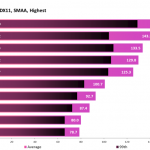
Destiny 2 - FPS - 2560x1440, DX11, SMAA Highest
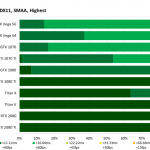
Destiny 2 - FrameTime - 2560x1440, DX11, SMAA Highest
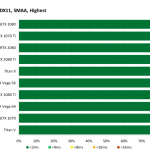
Destiny 2 - FrameTimeVariance - 2560x1440, DX11, SMAA Highest
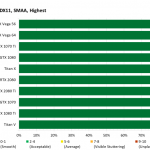
Destiny 2 - Unevenness - 2560x1440, DX11, SMAA Highest
Curves for FPS, Percentiles, and Frametimes
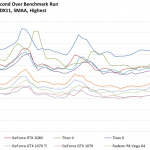
Destiny 2 - AvFPSoB - 2560x1440, DX11, SMAA Highest
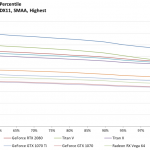
Destiny 2 - FPS99th - 2560x1440, DX11, SMAA Highest
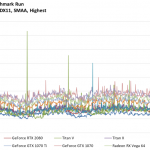
Destiny 2 - FrameTimeoB - 2560x1440, DX11, SMAA Highest
Single-card charts: Frametimes, Variances and Unevenness
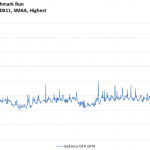
Destiny 2 - GeForce GTX 1070 - FrameTimeSolo - 2560x1440, DX11, SMAA Highest
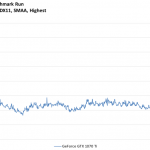
Destiny 2 - GeForce GTX 1070 Ti - FrameTimeSolo - 2560x1440, DX11, SMAA Highest
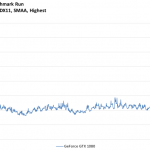
Destiny 2 - GeForce GTX 1080 - FrameTimeSolo - 2560x1440, DX11, SMAA Highest
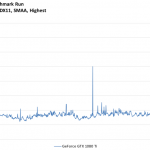
Destiny 2 - GeForce GTX 1080 Ti - FrameTimeSolo - 2560x1440, DX11, SMAA Highest
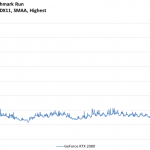
Destiny 2 - GeForce RTX 2080 - FrameTimeSolo - 2560x1440, DX11, SMAA Highest
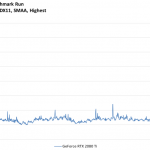
Destiny 2 - GeForce RTX 2080 Ti - FrameTimeSolo - 2560x1440, DX11, SMAA Highest
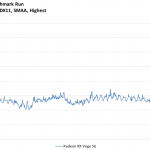
Destiny 2 - Radeon RX Vega 56 - FrameTimeSolo - 2560x1440, DX11, SMAA Highest
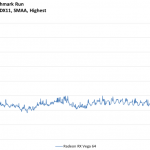
Destiny 2 - Radeon RX Vega 64 - FrameTimeSolo - 2560x1440, DX11, SMAA Highest
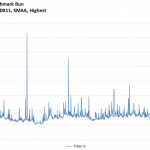
Destiny 2 - Titan V - FrameTimeSolo - 2560x1440, DX11, SMAA Highest
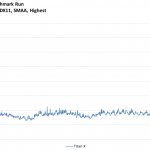
Destiny 2 - Titan X - FrameTimeSolo - 2560x1440, DX11, SMAA Highest
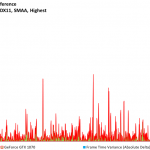
Destiny 2 - GeForce GTX 1070 - FPSvsFrameTimeDiff - 2560x1440, DX11, SMAA Highest
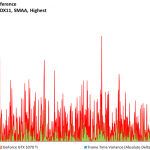
Destiny 2 - GeForce GTX 1070 Ti - FPSvsFrameTimeDiff - 2560x1440, DX11, SMAA Highest
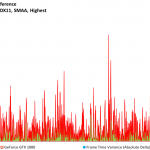
Destiny 2 - GeForce GTX 1080 - FPSvsFrameTimeDiff - 2560x1440, DX11, SMAA Highest
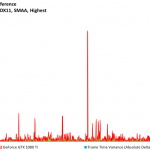
Destiny 2 - GeForce GTX 1080 Ti - FPSvsFrameTimeDiff - 2560x1440, DX11, SMAA Highest
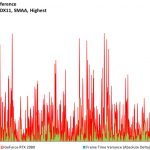
Destiny 2 - GeForce RTX 2080 - FPSvsFrameTimeDiff - 2560x1440, DX11, SMAA Highest
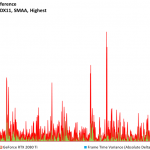
Destiny 2 - GeForce RTX 2080 Ti - FPSvsFrameTimeDiff - 2560x1440, DX11, SMAA Highest
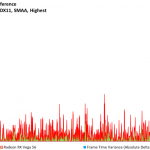
Destiny 2 - Radeon RX Vega 56 - FPSvsFrameTimeDiff - 2560x1440, DX11, SMAA Highest
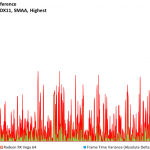
Destiny 2 - Radeon RX Vega 64 - FPSvsFrameTimeDiff - 2560x1440, DX11, SMAA Highest
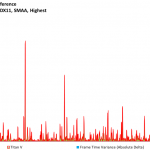
Destiny 2 - Titan V - FPSvsFrameTimeDiff - 2560x1440, DX11, SMAA Highest
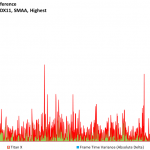
Destiny 2 - Titan X - FPSvsFrameTimeDiff - 2560x1440, DX11, SMAA Highest
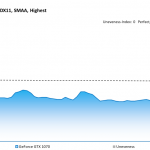
Destiny 2 - GeForce GTX 1070 - Unevenness - 2560x1440, DX11, SMAA Highest
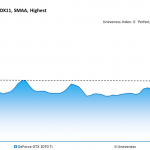
Destiny 2 - GeForce GTX 1070 Ti - Unevenness - 2560x1440, DX11, SMAA Highest
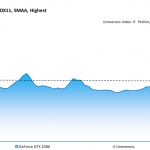
Destiny 2 - GeForce GTX 1080 - Unevenness - 2560x1440, DX11, SMAA Highest
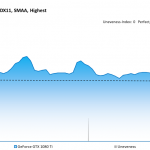
Destiny 2 - GeForce GTX 1080 Ti - Unevenness - 2560x1440, DX11, SMAA Highest
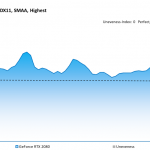
Destiny 2 - GeForce RTX 2080 - Unevenness - 2560x1440, DX11, SMAA Highest
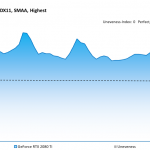
Destiny 2 - GeForce RTX 2080 Ti - Unevenness - 2560x1440, DX11, SMAA Highest
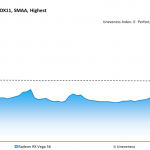
Destiny 2 - Radeon RX Vega 56 - Unevenness - 2560x1440, DX11, SMAA Highest
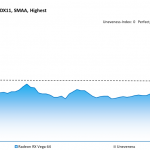
Destiny 2 - Radeon RX Vega 64 - Unevenness - 2560x1440, DX11, SMAA Highest
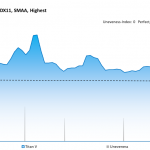
Destiny 2 - Titan V - Unevenness - 2560x1440, DX11, SMAA Highest
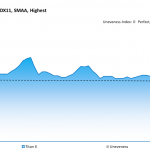
Destiny 2 - Titan X - Unevenness - 2560x1440, DX11, SMAA Highest
Ultra HD with 3840 x 2160 pixels
If you disable anti-aliasing but otherwise maintain the highest preset, GeForce RTX 2080 Ti still charges an average of more than 90 FPS in 4K. This is enough for 35% more power than the GeForce GTX 1080 Ti.
FPS/Percentile Bar Chart, Frametimes, Variances, and Unevenness
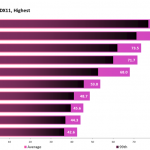
Destiny 2 - FPS - 3840x2160, DX11 Highest
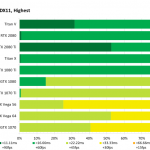
Destiny 2 - FrameTime - 3840x2160, DX11 Highest
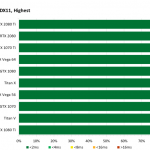
Destiny 2 - FrameTimeVariance - 3840x2160, DX11 Highest
Curves for FPS, Percentiles, and Frametimes
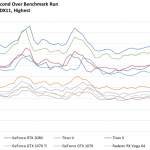
Destiny 2 - AvFPSoB - 3840x2160, DX11 Highest
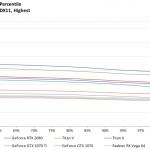
Destiny 2 - FPS99th - 3840x2160, DX11 Highest
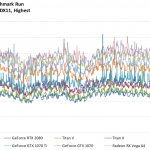
Destiny 2 - FrameTimeoB - 3840x2160, DX11 Highest
Single-card charts: Frametimes, Variances and Unevenness
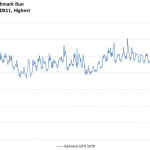
Destiny 2 - GeForce GTX 1070 - FrameTimeSolo - 3840x2160, DX11 Highest
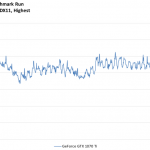
Destiny 2 - GeForce GTX 1070 Ti - FrameTimeSolo - 3840x2160, DX11 Highest
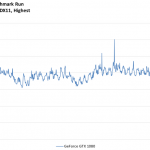
Destiny 2 - GeForce GTX 1080 - FrameTimeSolo - 3840x2160, DX11 Highest
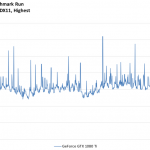
Destiny 2 - GeForce GTX 1080 Ti - FrameTimeSolo - 3840x2160, DX11 Highest
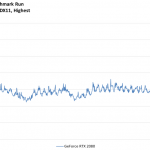
Destiny 2 - GeForce RTX 2080 - FrameTimeSolo - 3840x2160, DX11 Highest
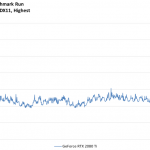
Destiny 2 - GeForce RTX 2080 Ti - FrameTimeSolo - 3840x2160, DX11 Highest
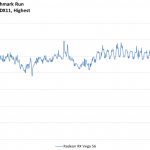
Destiny 2 - Radeon RX Vega 56 - FrameTimeSolo - 3840x2160, DX11 Highest
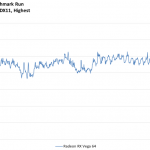
Destiny 2 - Radeon RX Vega 64 - FrameTimeSolo - 3840x2160, DX11 Highest
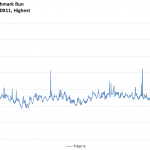
Destiny 2 - Titan V - FrameTimeSolo - 3840x2160, DX11 Highest
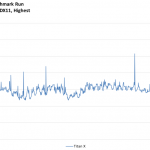
Destiny 2 - Titan X - FrameTimeSolo - 3840x2160, DX11 Highest
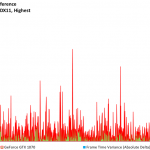
Destiny 2 - GeForce GTX 1070 - FPSvsFrameTimeDiff - 3840x2160, DX11 Highest
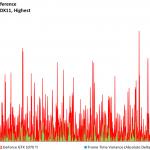
Destiny 2 - GeForce GTX 1070 Ti - FPSvsFrameTimeDiff - 3840x2160, DX11 Highest
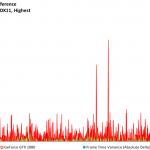
Destiny 2 - GeForce GTX 1080 - FPSvsFrameTimeDiff - 3840x2160, DX11 Highest
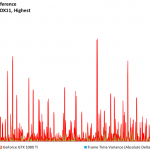
Destiny 2 - GeForce GTX 1080 Ti - FPSvsFrameTimeDiff - 3840x2160, DX11 Highest
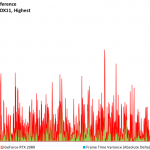
Destiny 2 - GeForce RTX 2080 - FPSvsFrameTimeDiff - 3840x2160, DX11 Highest
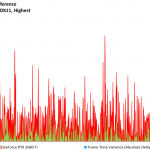
Destiny 2 - GeForce RTX 2080 Ti - FPSvsFrameTimeDiff - 3840x2160, DX11 Highest
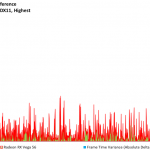
Destiny 2 - Radeon RX Vega 56 - FPSvsFrameTimeDiff - 3840x2160, DX11 Highest
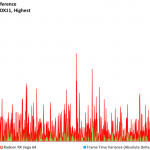
Destiny 2 - Radeon RX Vega 64 - FPSvsFrameTimeDiff - 3840x2160, DX11 Highest
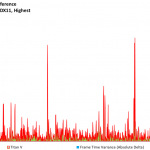
Destiny 2 - Titan V - FPSvsFrameTimeDiff - 3840x2160, DX11 Highest
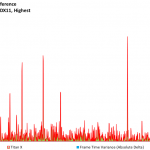
Destiny 2 - Titan X - FPSvsFrameTimeDiff - 3840x2160, DX11 Highest
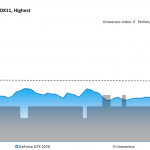
Destiny 2 - GeForce GTX 1070 - Unevenness - 3840x2160, DX11 Highest
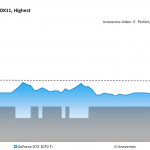
Destiny 2 - GeForce GTX 1070 Ti - Unevenness - 3840x2160, DX11 Highest
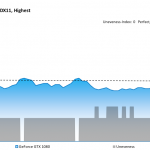
Destiny 2 - GeForce GTX 1080 - Unevenness - 3840x2160, DX11 Highest
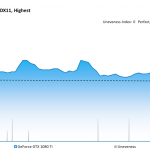
Destiny 2 - GeForce GTX 1080 Ti - Unevenness - 3840x2160, DX11 Highest
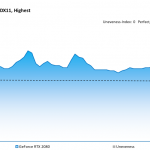
Destiny 2 - GeForce RTX 2080 - Unevenness - 3840x2160, DX11 Highest
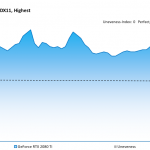
Destiny 2 - GeForce RTX 2080 Ti - Unevenness - 3840x2160, DX11 Highest
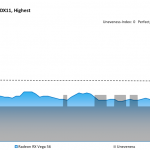
Destiny 2 - Radeon RX Vega 56 - Unevenness - 3840x2160, DX11 Highest
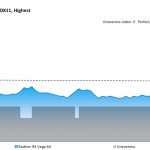
Destiny 2 - Radeon RX Vega 64 - Unevenness - 3840x2160, DX11 Highest
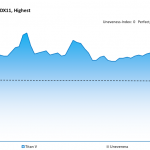
Destiny 2 - Titan V - Unevenness - 3840x2160, DX11 Highest
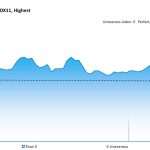
Destiny 2 - Titan X - Unevenness - 3840x2160, DX11 Highest










































































































Kommentieren